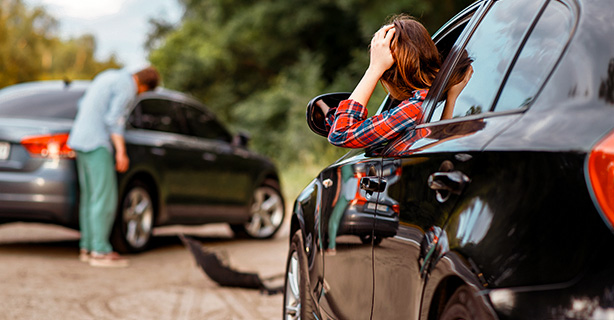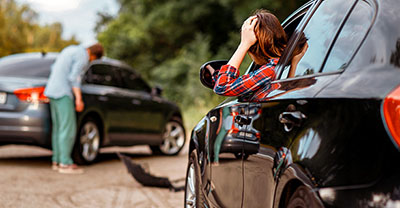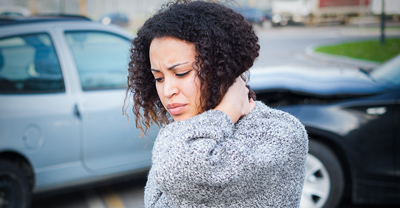Uninsured and underinsured motorist coverage


0 min. read
What is uninsured motorist coverage?
Uninsured motorist coverage helps pay for your injuries or damage to your vehicle if you’re in an accident and the driver at fault doesn’t have car insurance.
What is underinsured motorist coverage?
If the driver at fault in an accident has insurance but it's not enough to cover your medical bills or damage to your vehicle, underinsured motorist coverage can step in where the other insurance left off.
The difference between uninsured and underinsured motorist coverage
The fundamental difference between uninsured and underinsured motorist coverage is that uninsured covers you if you're hit by a driver with absolutely no insurance, while underinsured covers you if the at-fault driver's insurance cannot fully pay for your injuries or damage.
Types of uninsured and underinsured motorist coverage
Like your liability insurance policy, there are both bodily injury and property damage options for uninsured and underinsured coverage.
Uninsured motorist bodily injury: If a driver without insurance hits you and you suffer an injury, this type of coverage helps pay for your medical bills, income loss, pain and suffering, or funeral expenses.
Uninsured motorist property damage: If you're involved in an accident in which the at-fault driver doesn't have insurance, this helps cover the costs of damage to your vehicle. However, this coverage may not be available in all states.
Underinsured motorist bodily injury: If a driver hits you and carries insufficient levels of coverage, this type of insurance helps cover your medical costs, income loss, pain and suffering, or funeral expenses that exceed the amount the other driver's insurance will pay. This coverage may not be available in all states.
Underinsured motorist property damage: If a driver with insufficient insurance crashes into you and your vehicle is damaged, this type of insurance helps cover the vehicle repair costs that exceed the at-fault driver's insurance policy payout. Like uninsured motorist property damage, this coverage may not be available in all states.
State requirements for uninsured and underinsured motorist coverage
While uninsured and underinsured motorist coverages aren't generally required, it's a good idea to have both types of insurance. That way you won't have to worry about paying for damage or medical expenses on your own if you're in an accident where the at-fault driver doesn't have any or enough insurance.
According to the Insurance Research Council, roughly 13 percent of motorists are uninsured, making uninsured and underinsured motorist coverages important to help further protect you from potential costs of an accident.
Uninsured and underinsured motorist coverage stacking
You may be able to “stack” your uninsured and underinsured motorist bodily injury coverage if you have more than one insured vehicle and live in a state that allows stacking. Contact your insurance provider for more details and to find out if stacking is available to you.
How does stacking insurance work?
Let's say you have three insured cars in your household and the limit your insurance will pay out for your uninsured or underinsured motorist coverage is $20,000 for each car. You can combine those limits in the event of an accident to increase your stacked limit to $60,000. If you're hit by an uninsured motorist and your medical bills amount to $55,000, you can combine or “stack” the insurance limits for each car you own to help cover the cost of your medical bills.
Filing an uninsured or underinsured motorist claim
When you're hit by an uninsured driver, the solution is easy—you file a claim with your auto insurance provider against your uninsured motorist policy.
The process can be a bit more confusing when you're hit by a driver who has insurance, but just not enough. A good rule of thumb is to always report your injury to your insurance company and they can explain when how your underinsured motorist coverage would apply.
Still have questions on uninsured or underinsured motorist coverage, or other types of insurance coverage such as comprehensive and collision? Don't hesitate to reach out to Dairyland® to learn more about how these policies and other auto insurance coverages can benefit you.
The general information in this blog is for informational or entertainment purposes only. View our blog disclaimer.
*Data accuracy is subject to this article's publication date.










